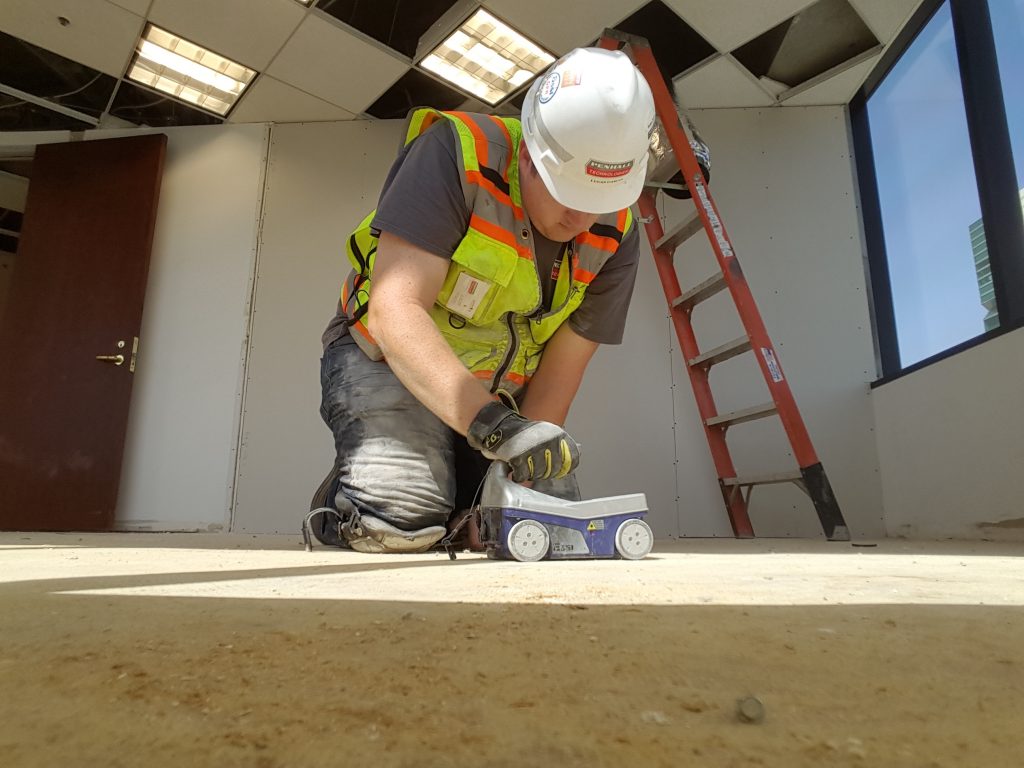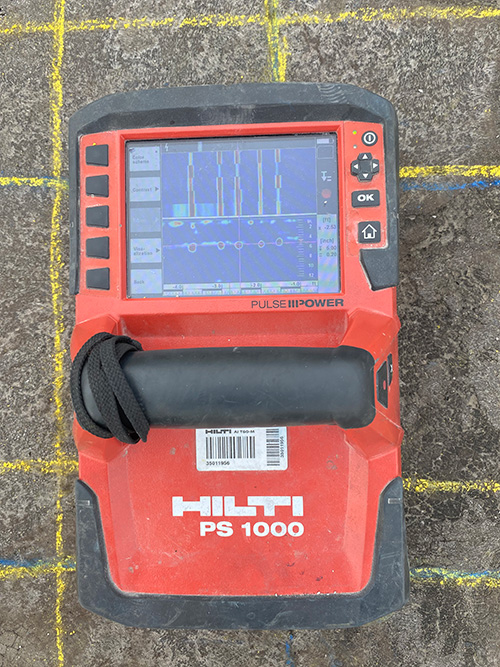Past the Surface Area: Leveraging Advanced Concrete Scanning Techniques for Unmatched Accuracy and Understanding
In the world of construction and facilities maintenance, the pursuit for accuracy and thoroughness is never-ending. Advanced concrete scanning strategies have actually become crucial tools in this quest, providing a glimpse under the surface to introduce a world of important understandings. By using advanced modern technologies, experts can uncover anomalies, assess the problem of concrete structures, and make notified choices that shape the training course of jobs. The effects of these techniques expand much past plain surface-level examinations, promising a deepness of accuracy and understanding that is unparalleled.
Significance of Advanced Concrete Scanning
The value of making use of advanced concrete scanning techniques hinges on the unparalleled accuracy they use for spotting sub-surface anomalies and making certain architectural integrity. By employing cutting-edge innovations such as ground-penetrating radar (GPR), electromagnetic induction, and advanced finder imaging, building and construction professionals can delve below the surface area of concrete frameworks with a degree of precision that much exceeds traditional inspection methods. Concrete Scanning. These methods allow the recognition of surprise hazards like rebar corrosion, gaps, conduits, or post-tension cable televisions that could compromise the stability and security of a framework gradually
In addition, advanced concrete scanning provides indispensable insights into the overall problem of a concrete component without the need for intrusive procedures, lessening the danger of triggering damage throughout the analysis procedure. The capability to pinpoint the specific place and depth of possible concerns enables targeted repair services and maintenance, inevitably extending the life expectancy of the framework and maximizing its performance. Fundamentally, the relevance of sophisticated concrete scanning can not be overstated in the world of building and facilities maintenance, where accuracy and dependability are critical.
Kinds Of Cutting-Edge Technologies

Abnormalities and Flaw Detection

In addition to GPR, concrete scanning techniques like have a peek here thermography and impact-echo testing are likewise reliable in spotting abnormalities and problems. By leveraging these innovative techniques, specialists can proactively address structural concerns, making certain the durability and security of concrete structures.
Assessing Concrete Problem
Just how can engineers properly assess the problem of concrete structures to ensure their longevity and safety? Different advanced concrete scanning techniques are used for this function. Ground-penetrating radar (GPR) is typically utilized to examine the interior structure of concrete, spotting spaces, splits, and various other anomalies that may jeopardize its toughness.
Furthermore, aesthetic examination remains a basic component of concrete problem assessment. Engineers visually check out the surface for signs of damage, such as spalling, cracking, or discoloration. Integrating non-destructive testing techniques with aesthetic examinations enables an extensive assessment of concrete condition, enabling engineers to determine possible concerns early and apply timely maintenance or repair work. By leveraging these sophisticated strategies, engineers can make sure the long-term resilience and safety and security of concrete structures.
Enhancing Decision-Making Procedures
In the realm of framework monitoring, enhancing decision-making processes is critical for ensuring the effective upkeep and long life of concrete structures. Enhanced decision-making procedures in concrete pop over to these guys management involve making use of advanced scanning techniques to gather detailed information on the problem of structures. By leveraging technologies such as ground-penetrating radar try this out and 3D imaging, stakeholders can make enlightened choices relating to fixing, reinforcement, or replacement techniques.
These advanced scanning methods offer vital understandings into the internal make-up of concrete, identifying possible problems such as gaps, cracks, or rust that might not be visible externally. This degree of comprehensive information allows for proactive upkeep planning, decreasing the danger of structural failures and boosting the total life-span of concrete structures.
In addition, by incorporating electronic documents and analysis tools into the decision-making procedure, stakeholders can track the advancement of concrete conditions over time, allowing anticipating maintenance techniques and optimizing resource allowance. Eventually, the assimilation of innovative concrete scanning techniques boosts decision-making processes by giving unrivaled precision, understanding, and performance in infrastructure administration.
Conclusion
Finally, progressed concrete scanning techniques provide unmatched precision and insight in discovering abnormalities, defects, and assessing the condition of concrete structures. By leveraging innovative modern technologies, decision-making processes can be improved, bring about more reliable and educated services for preserving and fixing concrete framework. These methods play an important function in making sure the safety and security and longevity of concrete structures, making them an important tool in the field of construction and engineering.
Moreover, advanced concrete scanning offers invaluable understandings into the overall condition of a concrete aspect without the demand for intrusive actions, minimizing the threat of causing damage throughout the analysis procedure - Concrete Scanning. One more innovative technology is 3D X-ray scanning, which provides in-depth images of the interior structure of concrete, using useful info without the demand for harmful screening. Additionally, Concrete Cover Meters are used to determine the thickness of concrete cover over reinforcement bars precisely. Boosted decision-making procedures in concrete management involve utilizing sophisticated scanning methods to gather thorough data on the problem of structures.In conclusion, progressed concrete scanning methods supply unparalleled accuracy and understanding in finding abnormalities, flaws, and examining the problem of concrete frameworks